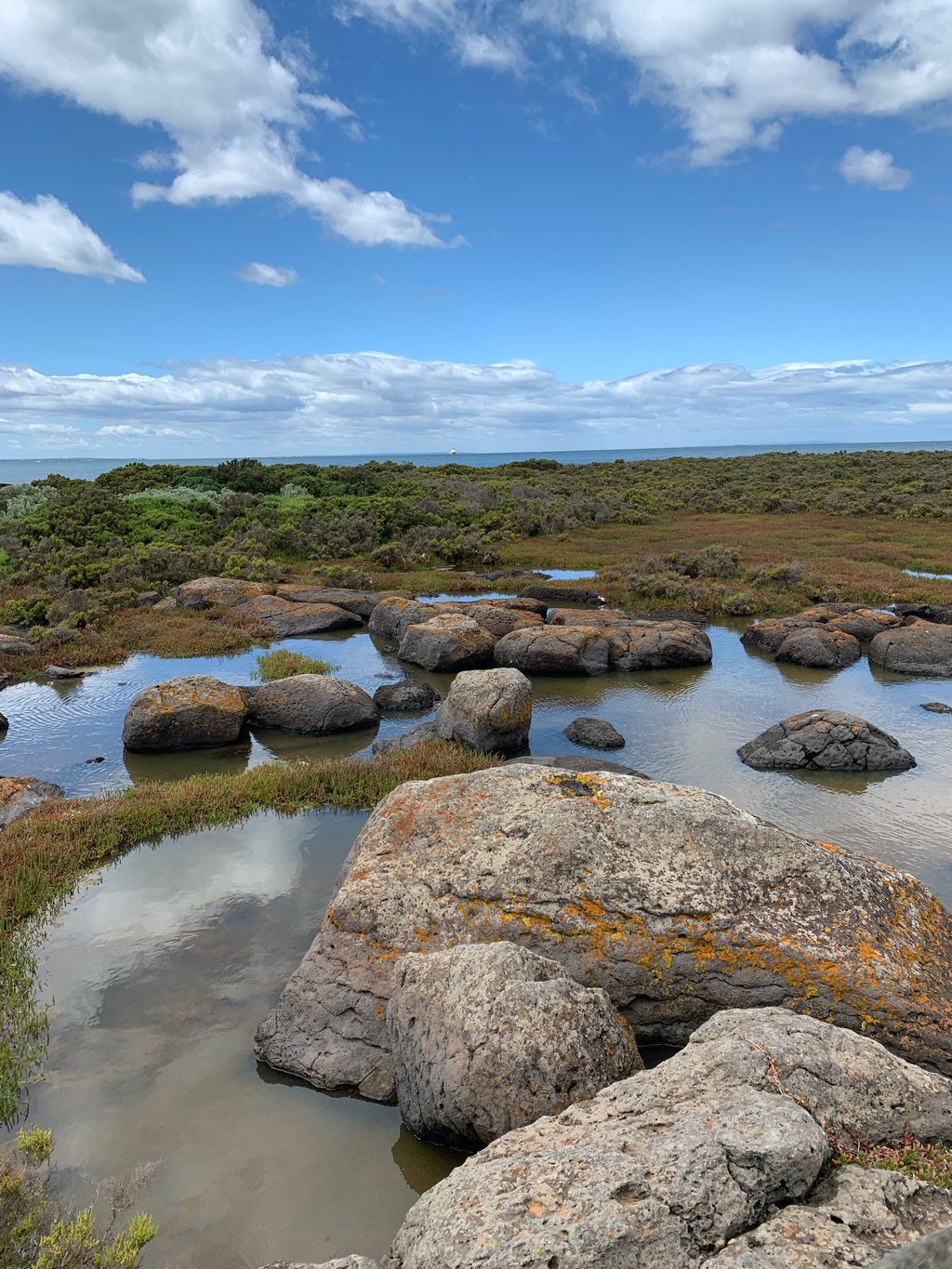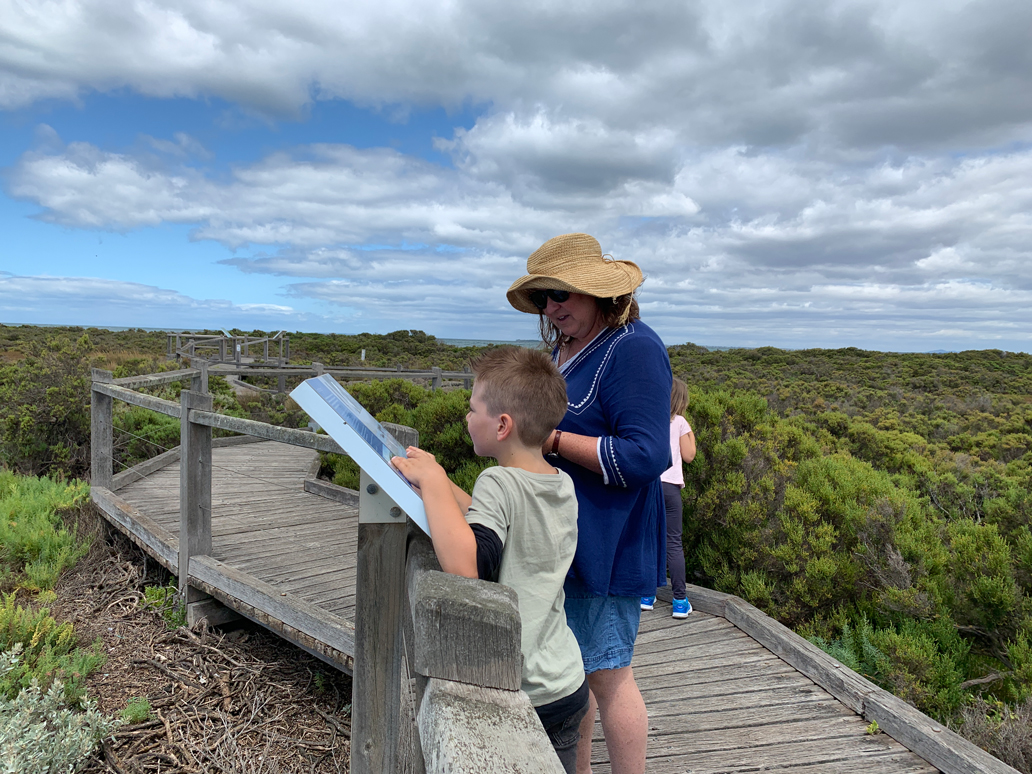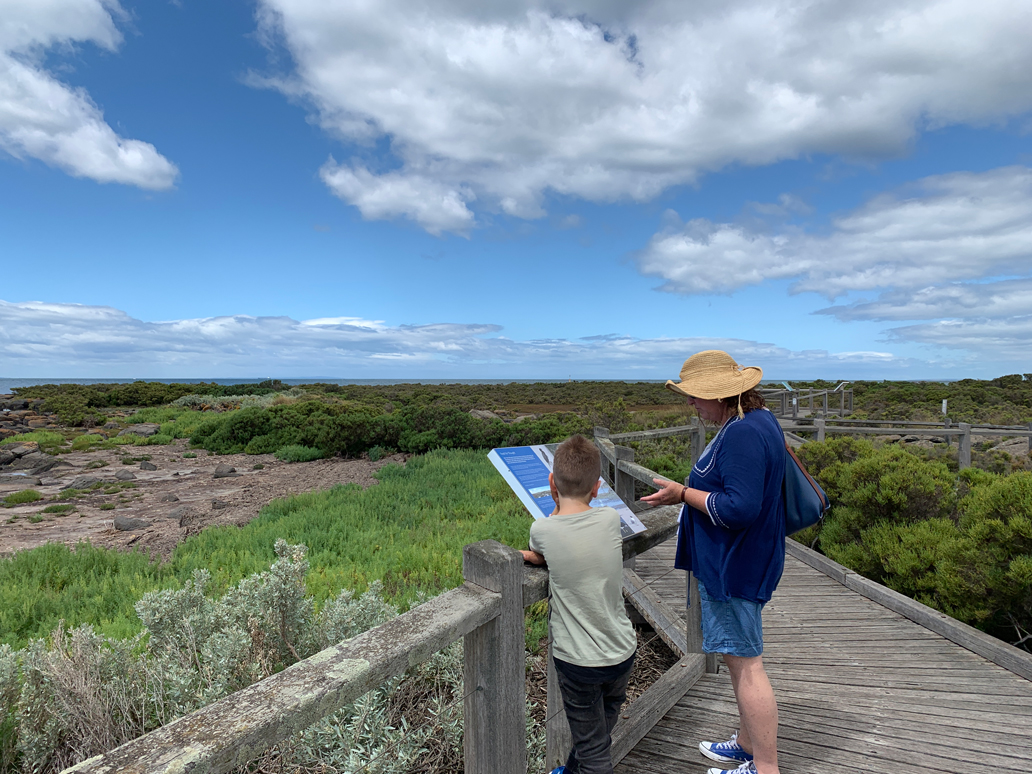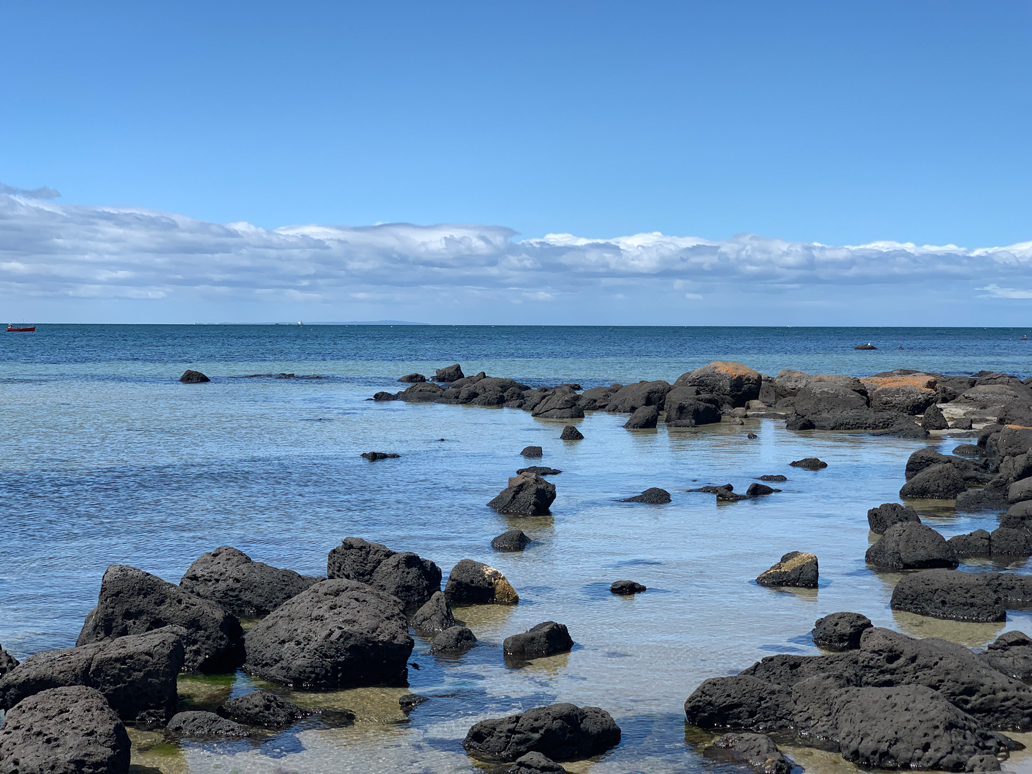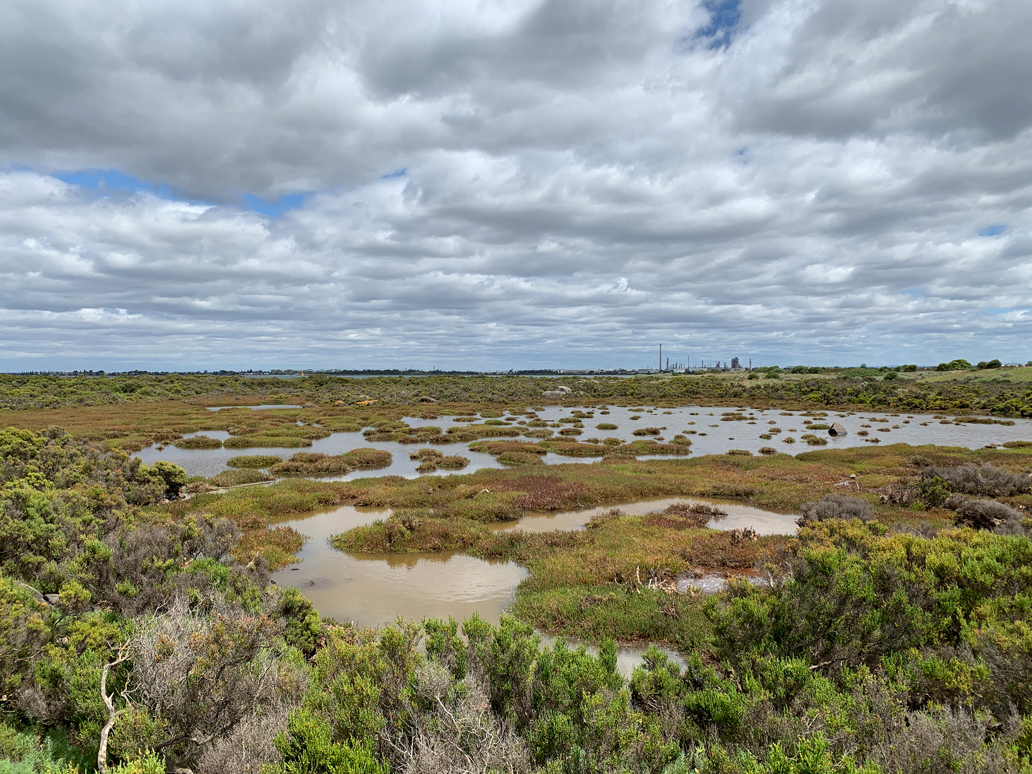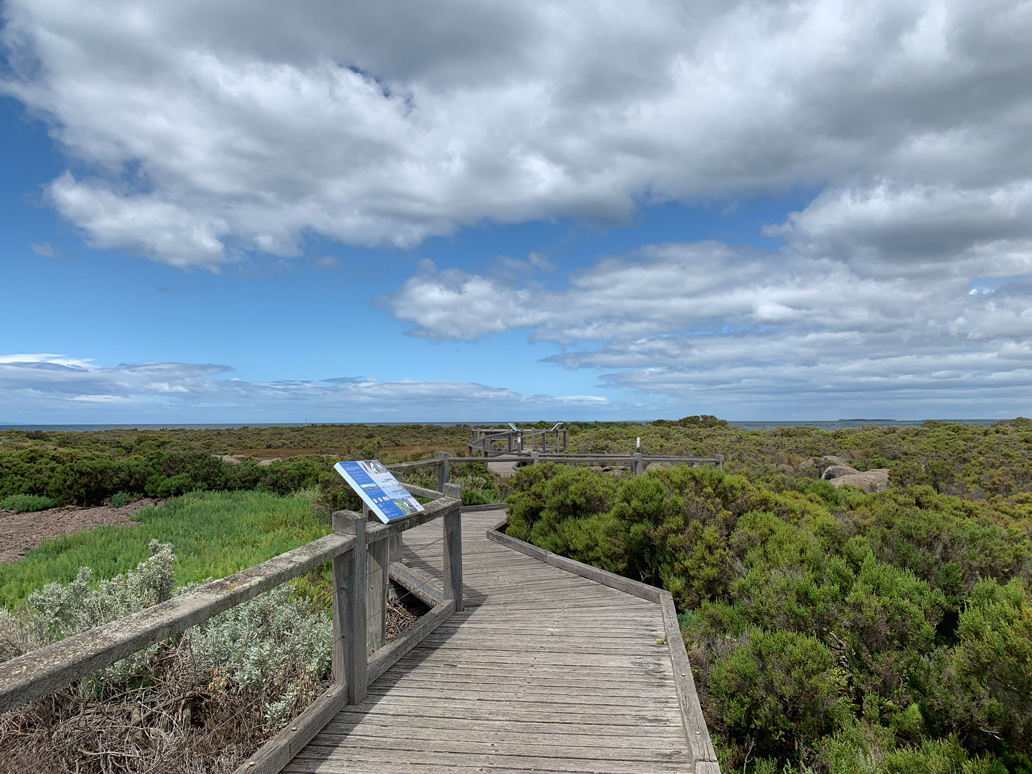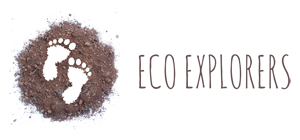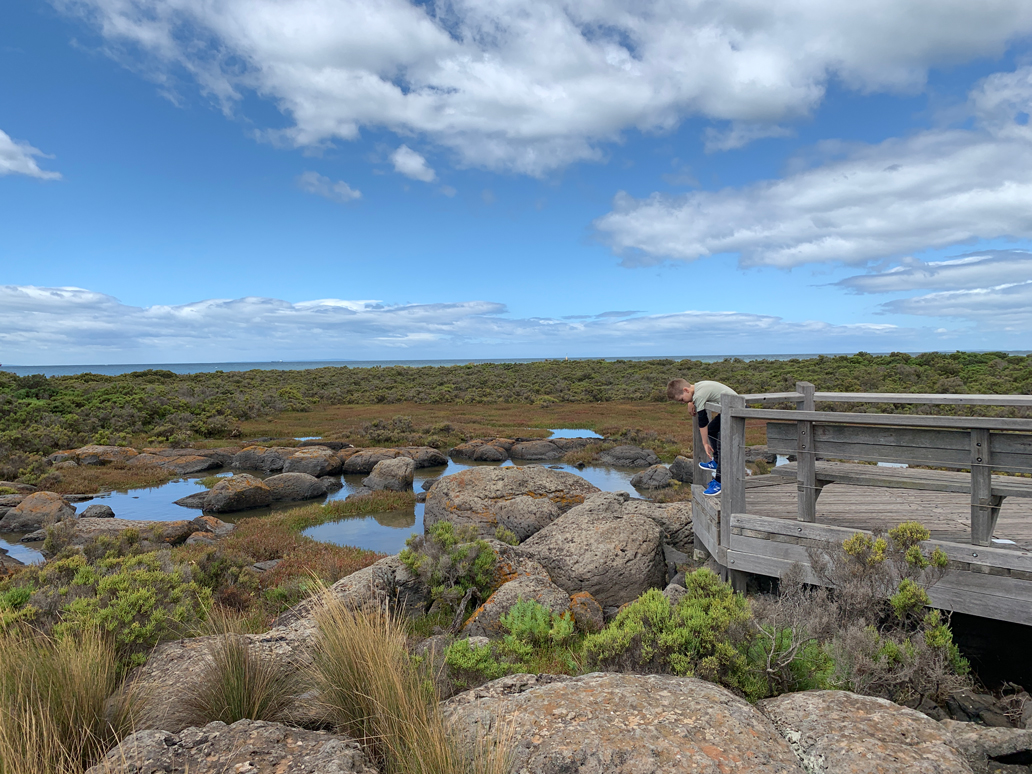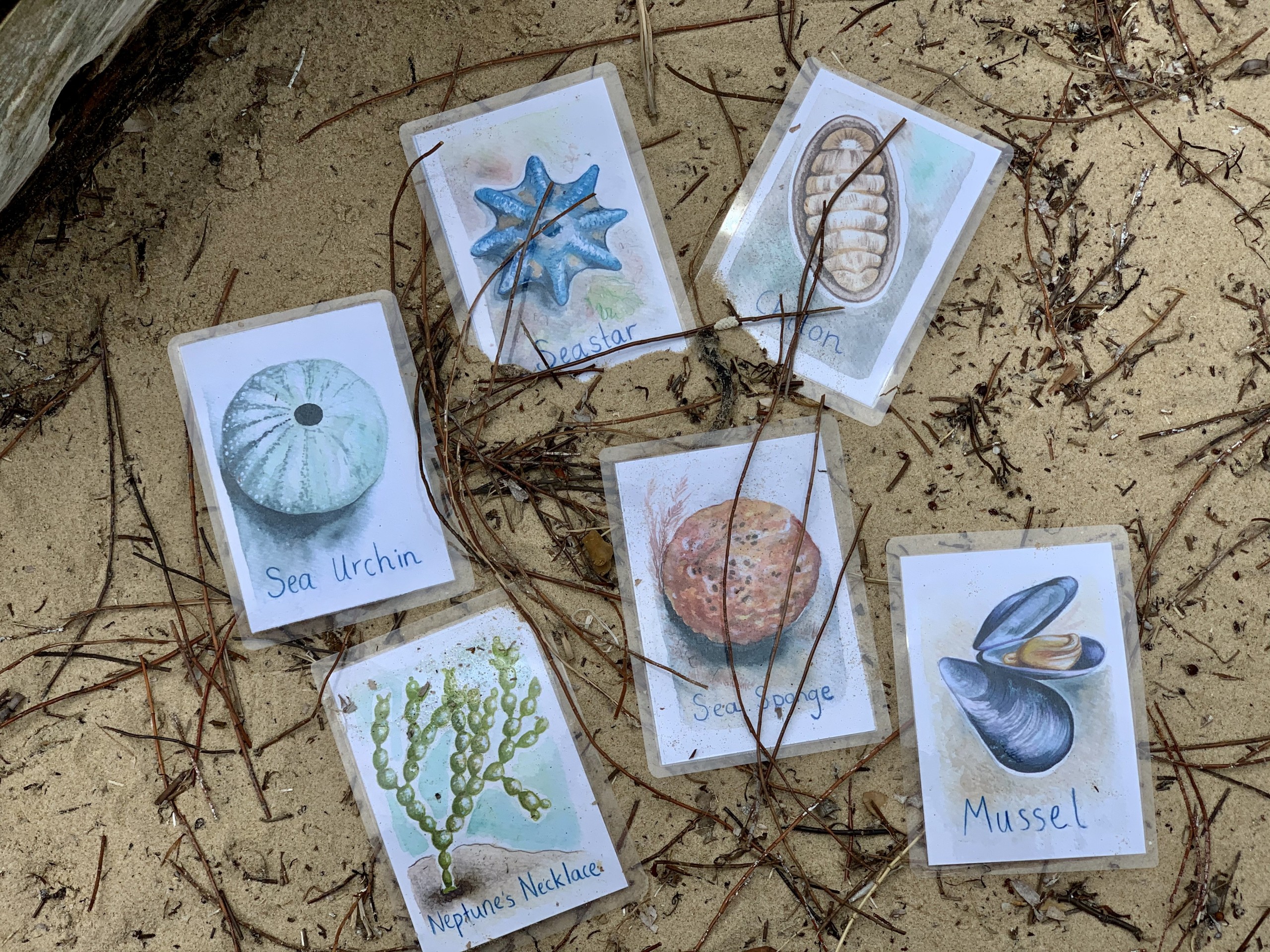Jawbone Marine Sanctuary is a 20 minute drive south-west from the city of Melbourne, located on the west side of Port Phillip Bay, on the traditional lands of the Bunurong People of the Kulin nation. It is a protected Marine Park where the biodiversity of the area is maintained by prohibiting removal of any species living there, through fishing or collecting activities. It is named ‘jawbone’ due to the shape of the park resembling its namesake.
Historically, the area from Werribee to Williamstown (which includes the Sanctuary), was a rich fishing and shellfish collecting area for the Bunerong people. It became a rifle range in the mid 1800s and continued as such for 110 years. Due to the nature of the range’s activities, fishing and boating were not allowed, ensuring the local flora and fauna were well preserved and continued to be once the rifle range was decommissioned and the land turned over to the government, converting it into the Sanctuary.
Now the Sanctuary is a wonderful place to visit for humans as well as many migratory water bird species, not to mention the myriad of water and shore creatures that call it their home.
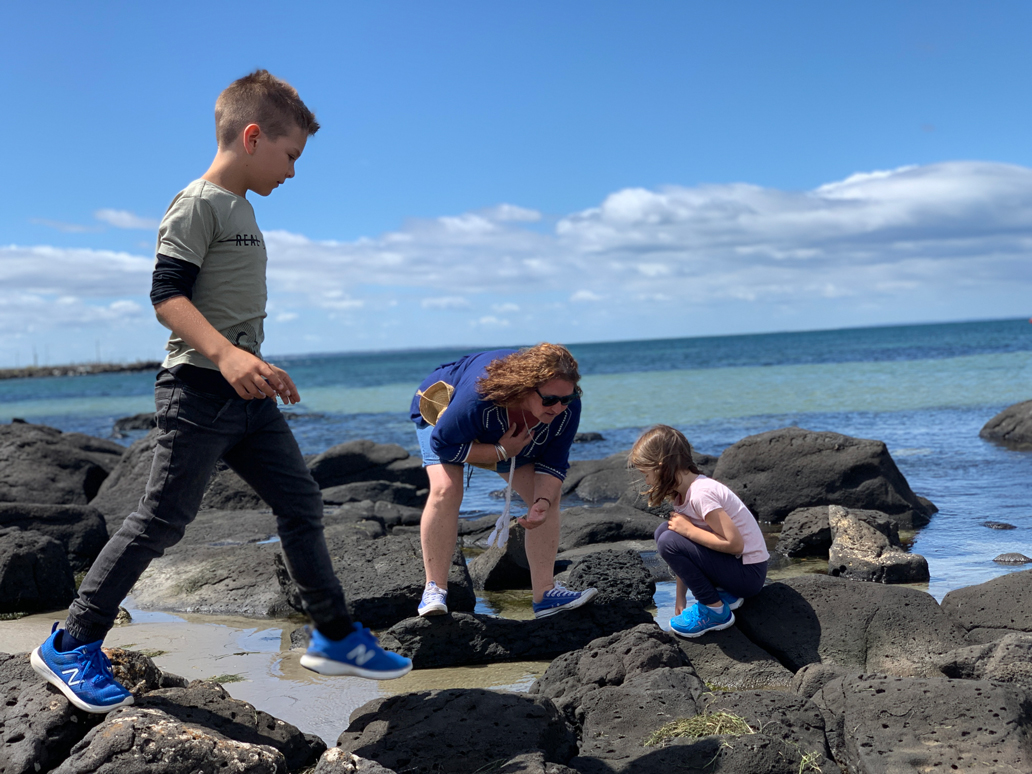
TOP 5 ACTIVITIES TO DO WITH KIDS
-
-
- Ramble along the many rock pools accessible at low tide, searching for crabs, sea stars and different kelp species. Don’t forget to download your set of rockpool ramble ID cards that we have developed, especially for Ricketts Point Sanctuary.
- Take a walk along the boardwalk through the mangroves, keeping your eye out for sea and shorebirds, reptiles, lichen and algae..
- Have a dip in the gentle waters of the Sanctuary on a hot day, or a play in the shallows, building castles in the sand.
- Visit the bird hide on the west side of the Sanctuary, where you can view water birds in their natural habitat without them seeing you. You can purchase a downloadable copy of our seabirds bird scavenger hunt printables here.
- Walk, run or cycle along the bayside trail from Williamstown to the east to Altona to the west or further!
-
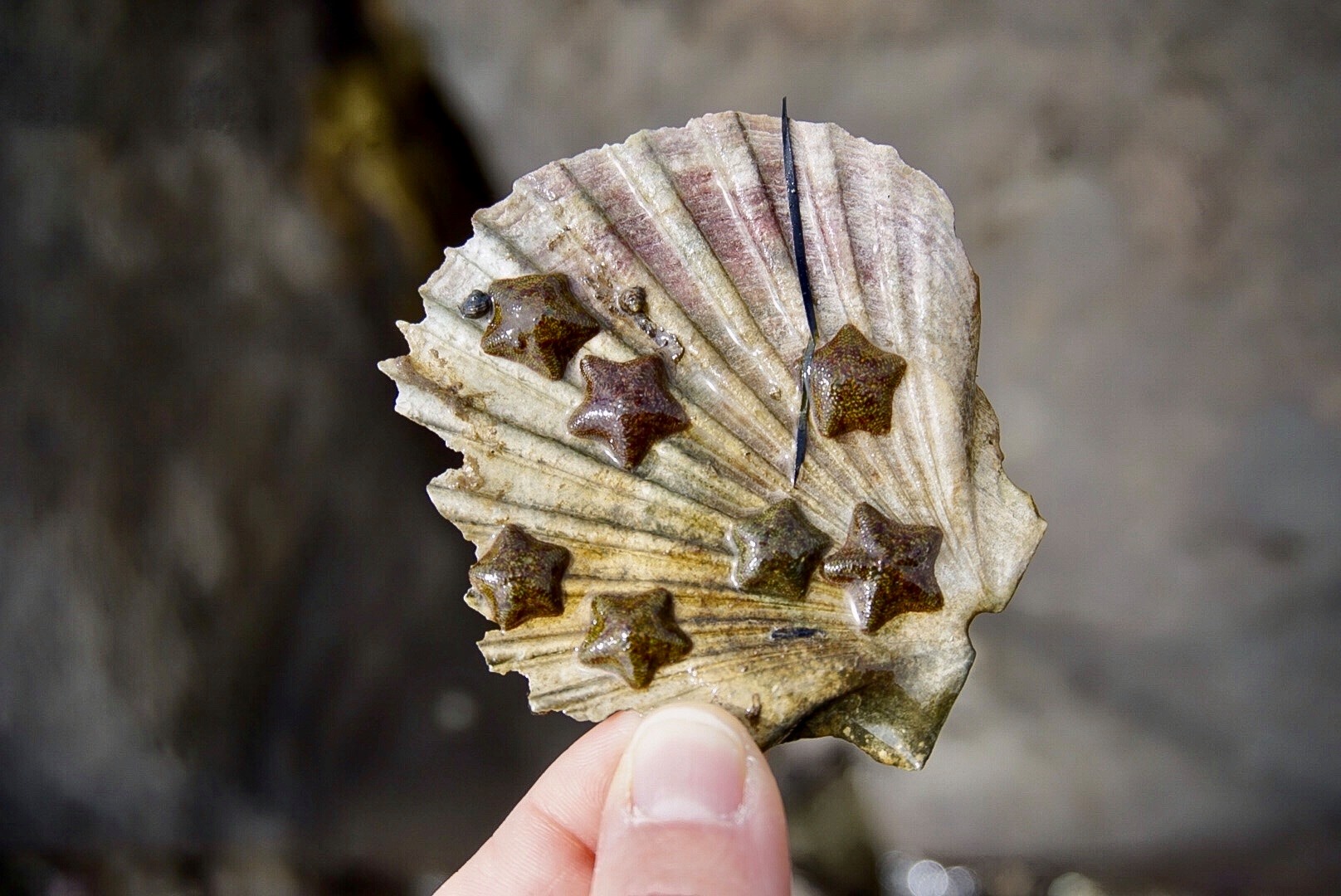
FLORA & FAUNA INFORMATION
Jawbone Marine Sanctuary is a hugely diverse area comprising grasslands, wetlands, saltmarshes and mangrove conservation areas. As a result there are so many different flora and fauna species living here.
The wetlands offer habitat for sea and shorebirds in addition to the sanctuary waters and sand. Here you will see swans, many duck species, grebes, pelicans, cormorants, herons and swamp hens nesting, hunting for food and swimming.
The mangrove conservation area is unique in that it is the only Victorian one growing on a basalt coast, this coastline being the end of the western basalt plains. Mangroves are important habitat for sea and shore birds. There are also many seagrass beds and mudflats, and the basalt reefs support populations of fish, invertebrates and algae. Further along the western side of the sanctuary are also ship wreck locations.
Rockpools host many intertidal animals that you may get to glimpse, such as crabs, sea stars, limpets as well as fauna like sea lettuce, neptune’s necklace and washed ashore bull kelp.
Visit Jawbone Marine Sanctuary Care Group to learn more about the species protected here and the activities that occur to continue this important work https://www.jawbone.org.au/
References https://www.parks.vic.gov.au/places-to-see/parks/jawbone-marine-sanctuary
Eco Explorers runs Bush Kids nature programs at Jawbone Marine Sanctuary in Williamstown. Find out more here: https://www.ecoexplorers.com.au/bush-kinder-program
You can find more about the incredible marine creatures that live at Ricketts Point Marine Sanctuary using our rockpool ID cards and enjoy a rockpool ramble this summer. This stunning set of 24 hand illustrated rockpool identification cards have been designed locally incorporating common marine animals found in the Port Philip bay.
